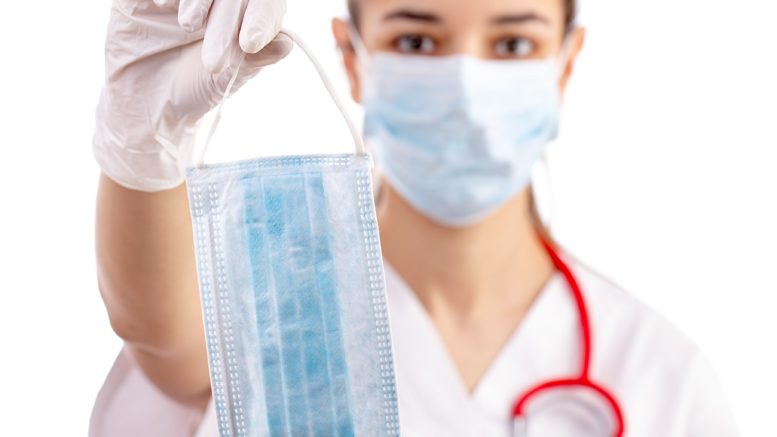Human-to-human transmission of SARS-CoV-2 occurs during exposure to infectious respiratory droplets or aerosols generated by humans with COVID-19. Aerosolizing events (AEs) contribute to the controversy regarding the selection of optimal personal protective equipment (PPE) for preventing transmission of SARS-CoV-2 to healthcare workers (HCWs). Because of global PPE shortages, further studies examining the association of HCW PPE use with the acquisition of COVID-19 are needed to protect our HCWs and decrease inappropriate PPE use.
Li, et al. (2021) conducted a retrospective cohort study in a single service area at Kaiser Permanente Southern California (KPSC), identifying all HCWs who underwent testing for COVID-19 by polymerase chain reaction during March 13 through August 3, 2020. HCWs were identified for testing either through (1) exposure to a patient with COVID-19 or (2) symptomatology of potential COVID-19 as defined by Centers for Disease and Control and Prevention (CDC) criteria. The exposure definition at our institution aligned with CDC criteria.
Contact tracing by structured interview was conducted with all HCWs who underwent testing. This process consisted of documentation of exposure status, masking protocol compliance, and testing results.
Masking protocols for HCWs caring for patients with confirmed or suspected COVID-19 consist of medical masks (MMs) when performing nonaerosolizing, routine patient care and respirator masks (RMs) for patient care in areas with high risk of AEs, identified as emergency, urgent care, and designated COVID-19 medical and surgical units and intensive care units. Patient care not related to COVID-19 and non–patient care encounters did not require any PPE until universal masking was implemented.
The testing protocol for exposed HCWs was initiated on the day when exposure was identified, then again 5 to 7 days after exposure, and finally at day 14 after exposure. A symptomatic HCW was tested on the first day of reported symptoms. Logistic regression was used to assess the association between mask usage and test positivity. Analysis was performed using SAS software version 9.4 (SAS Institute) with 2-tailed testing and P < .05 as the statistical significance level.
Overall, 1,414 HCWs were tested for SARS-CoV-2, with an overall positivity rate of 6.7% (95 HCWs) compared with KPSC community patient positivity rate of 13.9% during the study period. Of the 95 HCWs with positive test results, 91 (95.8%) acquired COVID-19 outside of a known patient-related exposure event.
Of the 1414 HCW, 595 (42.1%) had exposures defined by CDC criteria, 961 (68.0%) developed symptoms, 438 (31.0%) worked in high-risk areas, and 396 (28.0%) had underlying health conditions. Furthermore, 302 (21.4%) wore RM, 724 (51.2%) wore MM, and 388 (27.4%) wore no masks (NM). In unadjusted analysis, the researchers found no difference in HCW positivity between HCW wearing RM vs MM (Table), but a statistically significant lower positivity was found when HCW wore RM vs NM (odds ratio, 0.50; 95% CI, 0.28-0.90; P = .02) and MM vs NM (odds ratio, 0.45; 95% CI, 0.29-0.72; P < .001). They found a similar association between mask use and test positivity after adjusting for confounders.
Reference: Li A, et al. SARS-CoV-2 Positivity and Mask Utilization Among Health Care Workers. JAMA Netw Open. 2021;4(6):e2114325. doi:10.1001/jamanetworkopen.2021.14325
